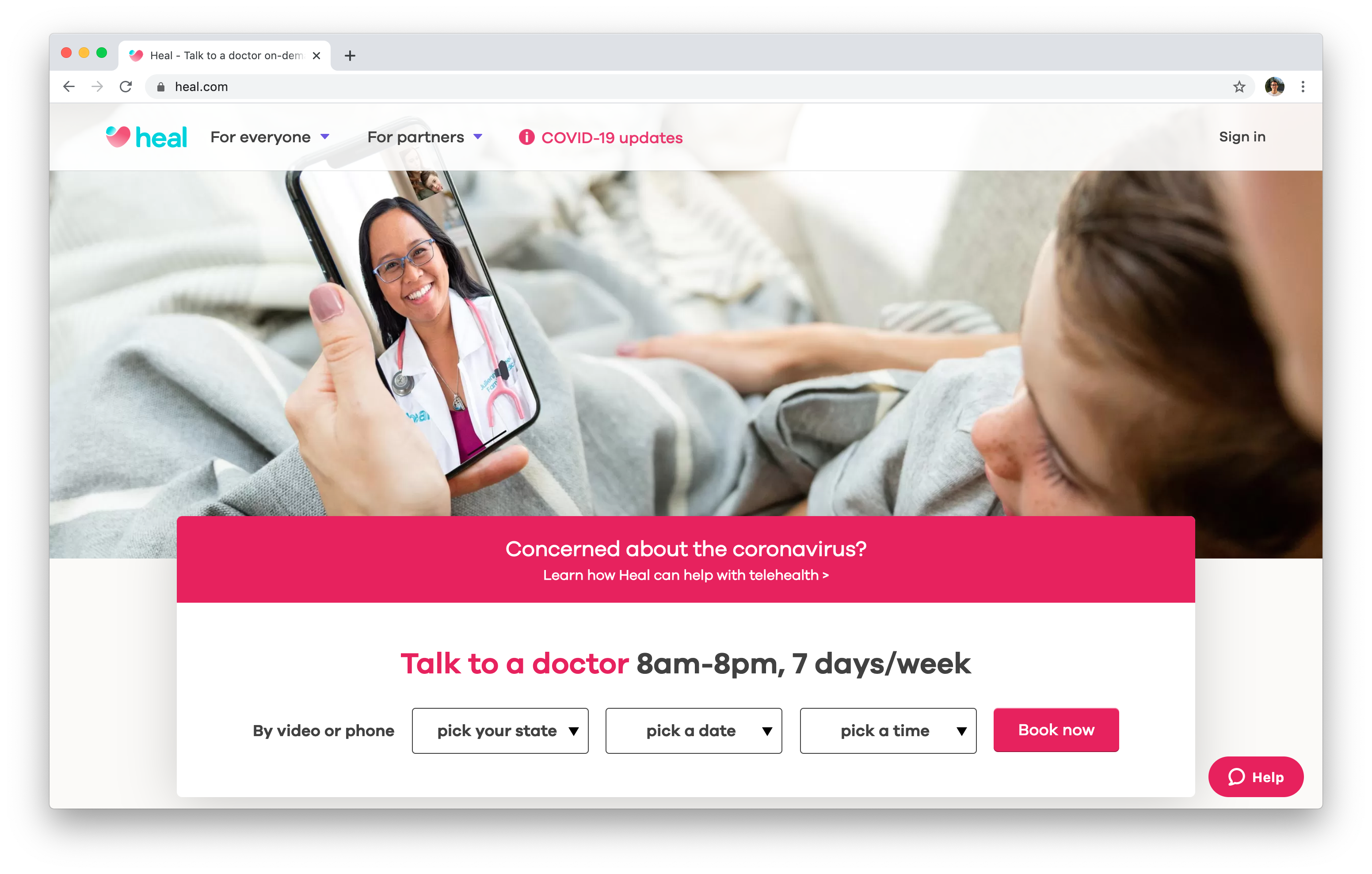Discover the Benefits of Subscription Based Healthcare for Affordable Medical Care
Discover the Benefits of Subscription Based Healthcare for Affordable Medical Care
Blog Article
Exactly How Subscription-Based Medical Care Is Transforming the Clinical Sector

The Surge of Registration Healthcare
In the last few years, the healthcare sector has witnessed a significant shift in the direction of subscription-based versions, mirroring more comprehensive customer fads preferring comfort and predictability. This makeover is driven by the raising need for even more tailored and obtainable treatment options. Membership health care, in some cases referred to as concierge medication or straight health care, offers patients a set month-to-month charge for a series of medical services, substantially altering conventional fee-for-service models.
The surge of registration health care is assisted in by developments in technology, which enable structured communication in between people and carriers - subscription based healthcare. Digital platforms and telehealth solutions have become important, providing patients the capability to schedule consultations, access clinical records, and obtain assessments online. This technical combination not only improves patient involvement but likewise allows suppliers to deliver extra efficient treatment
Moreover, the registration model lines up with the advancing expectations of people who seek even more control over their healthcare costs and experiences. By removing the unpredictability of co-pays and insurance policy cases, subscription-based healthcare uses a uncomplicated and clear method. While this design is obtaining traction, its expansion deals with obstacles such as regulatory obstacles and the need for more comprehensive approval within the typical medical care ecological community. Nevertheless, its expanding presence marks an essential minute in the advancement of healthcare delivery.
Advantages for People and Providers
Subscription-based healthcare supplies a plethora of advantages for both companies and clients, reshaping the characteristics of healthcare. For patients, this version supplies improved access to medical care solutions. With a predictable month-to-month charge, clients can enjoy endless examinations, minimized wait times, and individualized care. This plan commonly causes a much more aggressive technique to health monitoring, enabling for timely treatments that can prevent persistent conditions from rising. Additionally, the economic transparency of registration models lowers the unpredictability connected with conventional fee-for-service payment, easing the burden of unforeseen medical costs.
For health care providers, subscription-based versions promote a more gratifying and sustainable technique. Administrative tasks are usually structured, reducing above prices and enabling companies to devote even more time to person interaction. Overall, subscription-based medical care straightens the incentives of suppliers and clients, advertising a more reliable and patient-centered health care delivery system.
Key Features of the Design
Regularly, the key attributes of the subscription-based medical care model emphasize its distinctive method to supplying clinical services. Central to this design is the idea of predictable, monthly settlements, offering clients an extensive variety of solutions without the unpredictability of typical fee-for-service frameworks. This version typically includes unrestricted accessibility to health care solutions, preventative treatment, and regular check-ups, making certain that individuals can involve with their doctor proactively instead than reactively.
Additionally, straight interaction channels, such as telemedicine and messaging systems, are emphasized, enabling people to receive prompt suggestions and appointments without requiring in-person consultations. This enhances ease of access and convenience, specifically for people with mobility restrictions or those residing in remote locations. The other design additionally cultivates more powerful YOURURL.com doctor-patient relationships, as doctor are incentivized to concentrate on long-lasting health outcomes as opposed to temporary sees.
Additionally, subscription-based healthcare often incorporates technological developments, such as electronic wellness records and health tracking apps, to supply effective and individualized treatment. Individuals gain from worked with and constant treatment monitoring, which is tailored to their certain health and wellness needs. Eventually, these functions collectively produce a patient-centered healthcare experience, prioritizing access, cost openness, and precautionary treatment.

Obstacles and Considerations
While the subscription-based healthcare version uses many benefits, Recommended Site it is not without its difficulties and considerations. Subscription designs may unintentionally prefer those with higher socioeconomic condition, potentially broadening disparities in healthcare gain access to for lower-income individuals that may battle with regular monthly fees.
Another difficulty depends on regulatory conformity. Subscription-based healthcare needs to browse a complex internet of laws that vary by region, including concerns around patient confidentiality, data protection, and state licensing demands. Ensuring compliance without impeding the model's flexibility and advancement can be intimidating for suppliers.
Furthermore, there is the danger of overutilization or underutilization of solutions. People paying a fixed cost may overuse services, resulting in boosted functional costs, while others could underutilize due to fear of straining the system, potentially neglecting necessary care.
Future Potential Customers and Innovations
The landscape of subscription-based healthcare is poised for change through arising advancements and progressing leads. As technology continues to development, the assimilation of expert system and maker learning offers considerable chances to improve diagnostic precision and improve client administration. Anticipating analytics can revolutionize preventative care by identifying prospective wellness risks before they show up, consequently decreasing both expenses and the burden on medical care systems.
Furthermore, telemedicine is set to expand within subscription models, offering individuals raised accessibility to medical care experts no matter geographical restrictions. This not just facilitates connection of treatment yet additionally equips people to engage more proactively in their wellness management. Additionally, blockchain innovation offers potential in safeguarding person data and ensuring interoperability across systems, promoting trust and openness.
Collaborations in between technology firms and health care providers are most likely to yield cutting-edge solutions, improving patient experiences and end results. As these leads emerge, subscription-based medical care has the prospective to redefine how treatment is delivered and accessed.
Conclusion
Subscription-based medical care is changing the medical market by using a much more obtainable, foreseeable, and patient-centered strategy to medical solutions. In spite of challenges such as governing hurdles and possible disparities in accessibility, the subscription model holds assurance for an extra tailored and effective healthcare experience.
Membership medical care, in some cases referred to as attendant medication or straight key care, uses people a set monthly fee for a range of medical services, substantially modifying standard fee-for-service versions.
Furthermore, the registration model straightens with the progressing expectations of people that seek more control over their medical care expenses and experiences. For people, this version gives improved accessibility to medical care solutions. Overall, subscription-based medical care aligns the incentives of patients and service providers, advertising an extra reliable and patient-centered medical care distribution system.
Moreover, telemedicine is set to broaden within subscription versions, offering clients boosted access to medical care professionals regardless of geographical constraints. - subscription based healthcare
Report this page